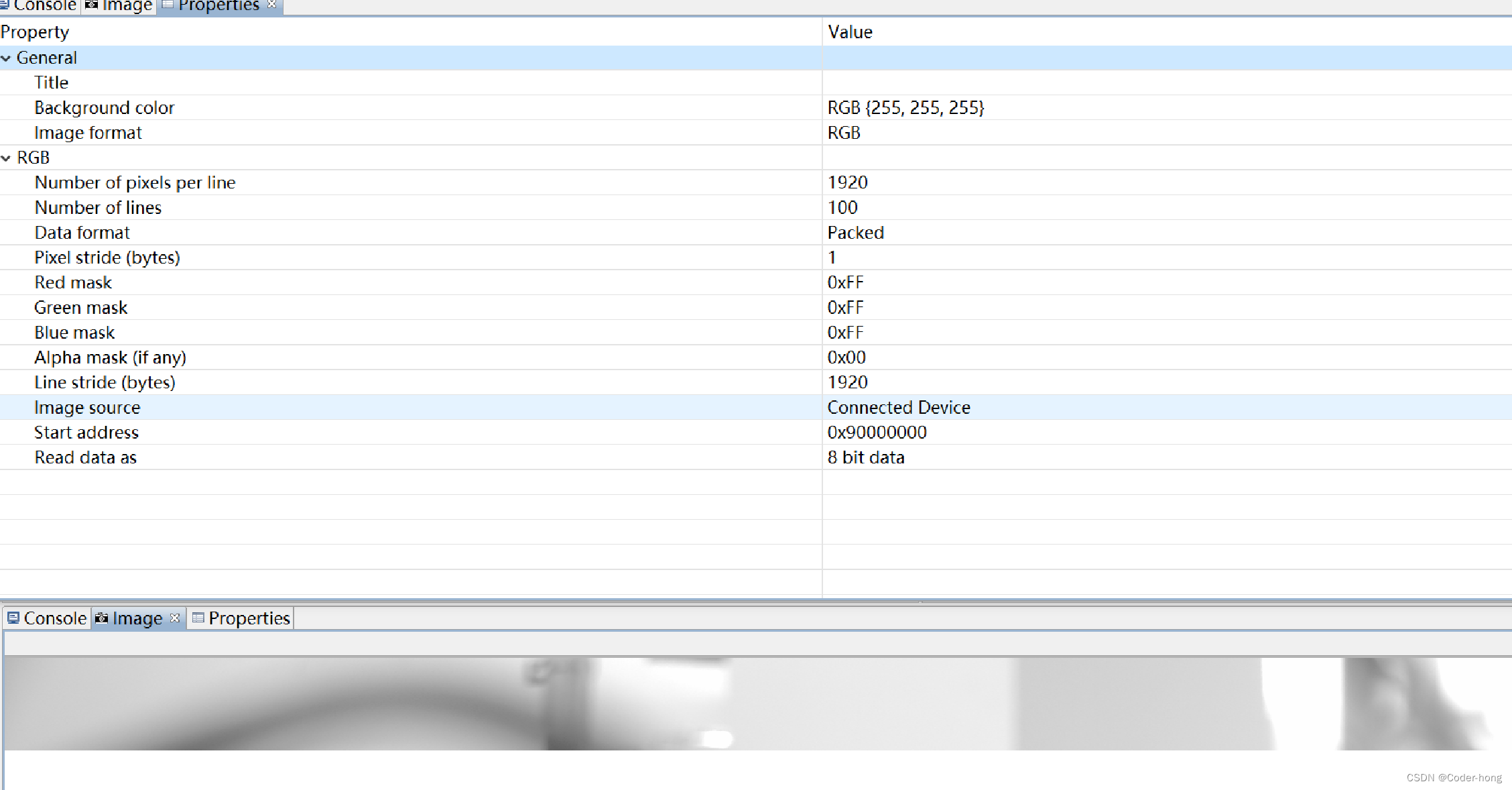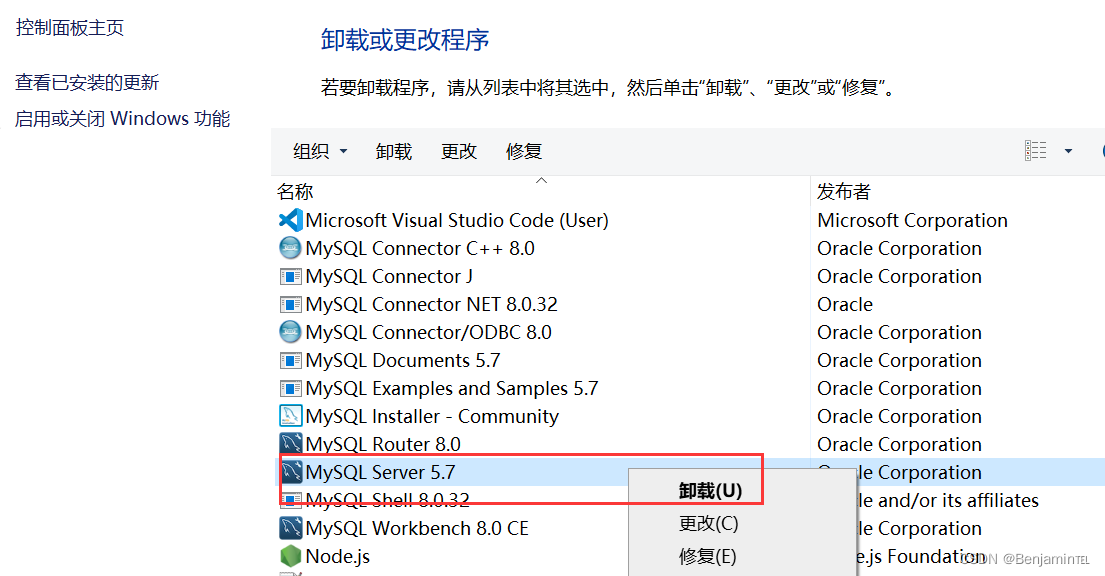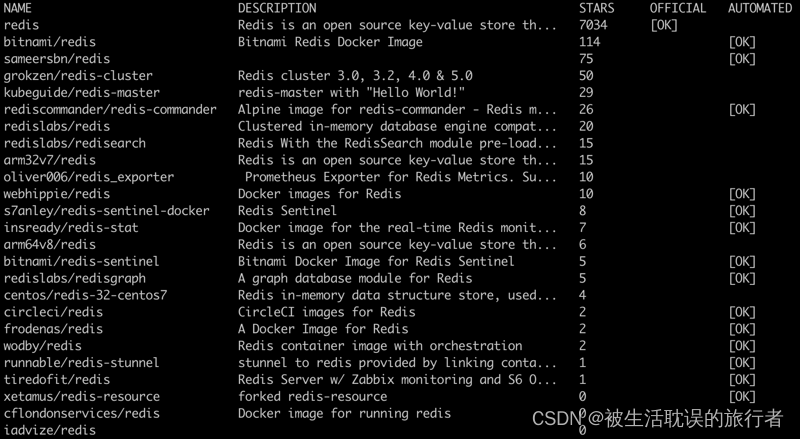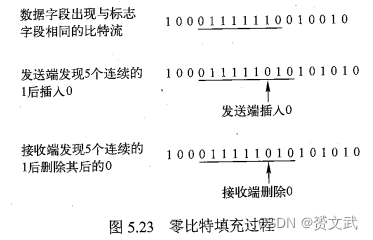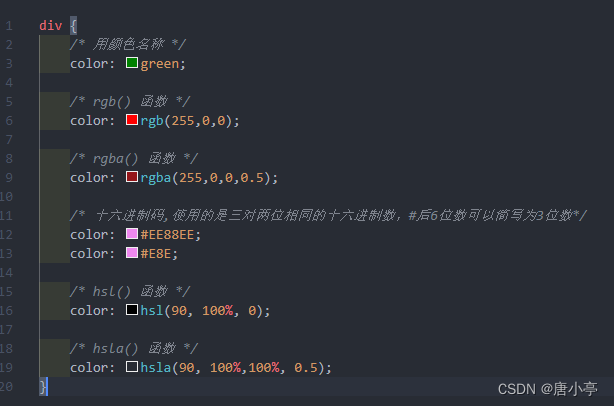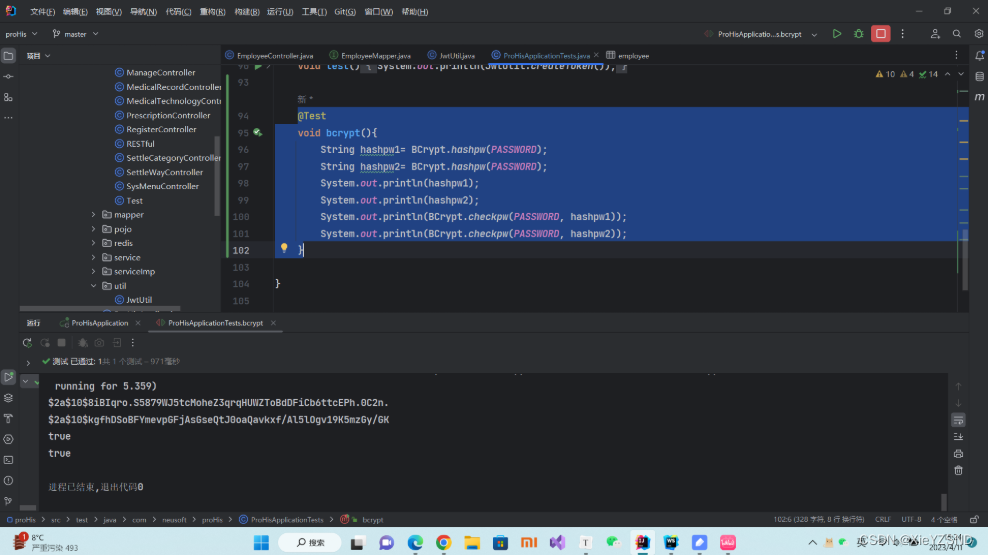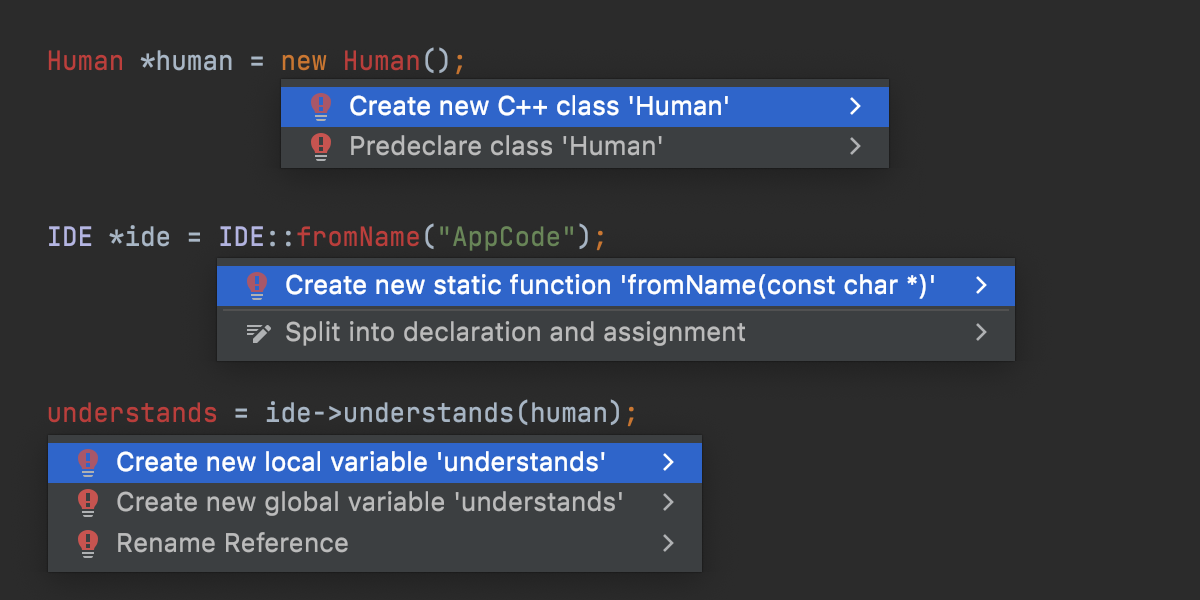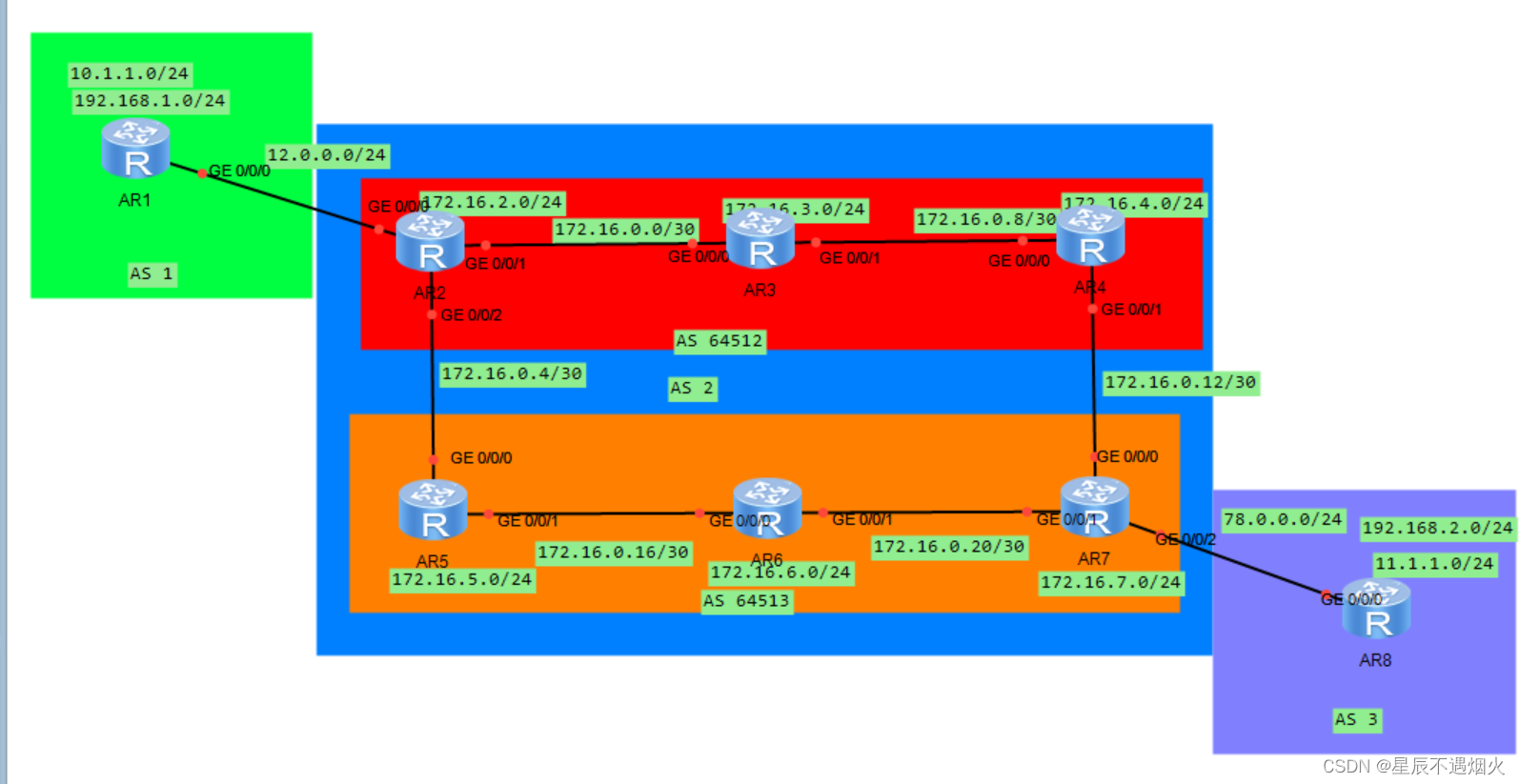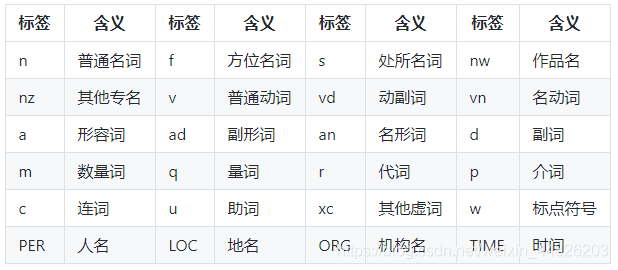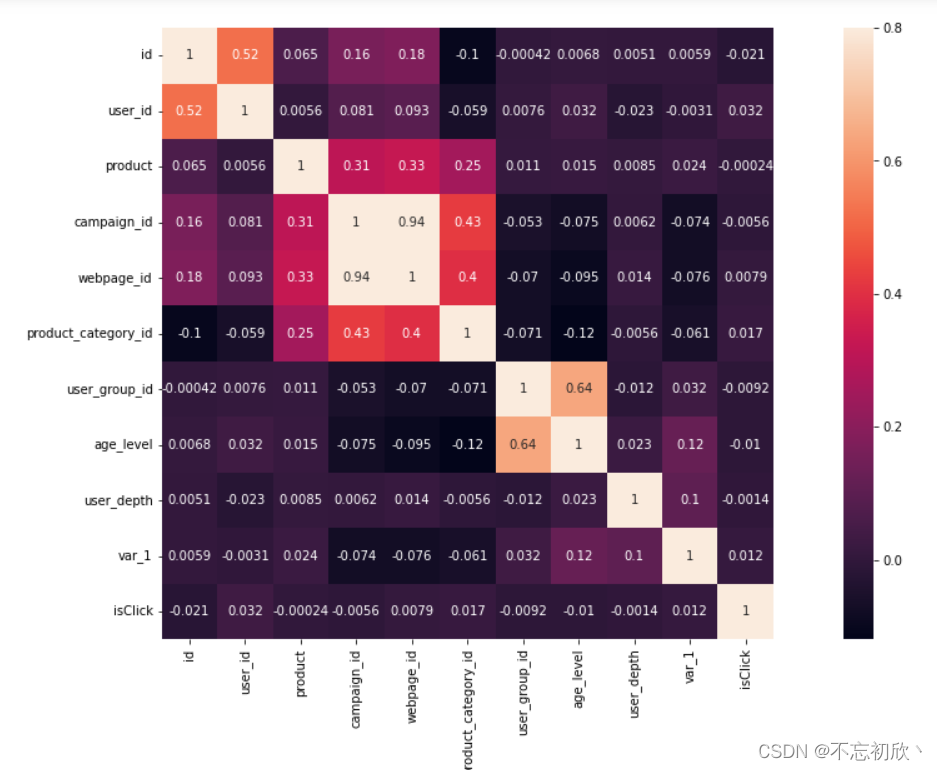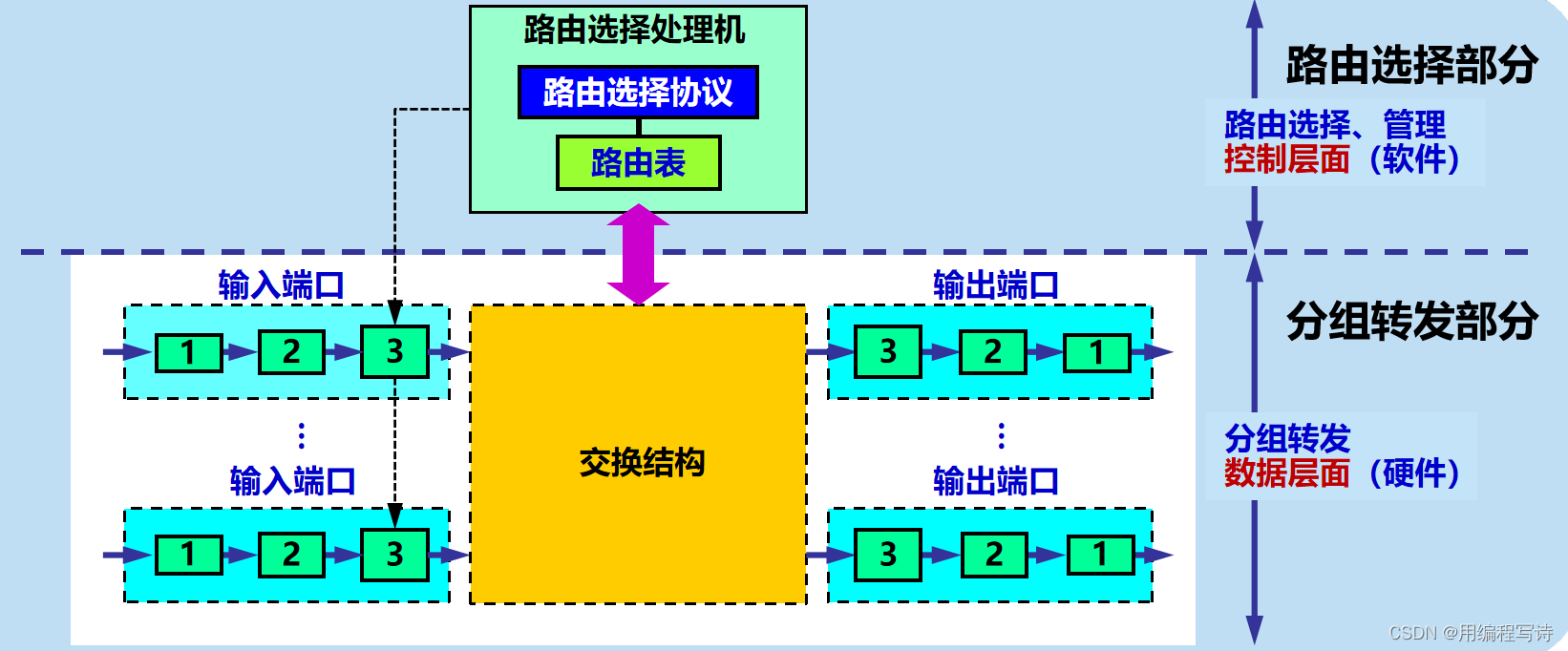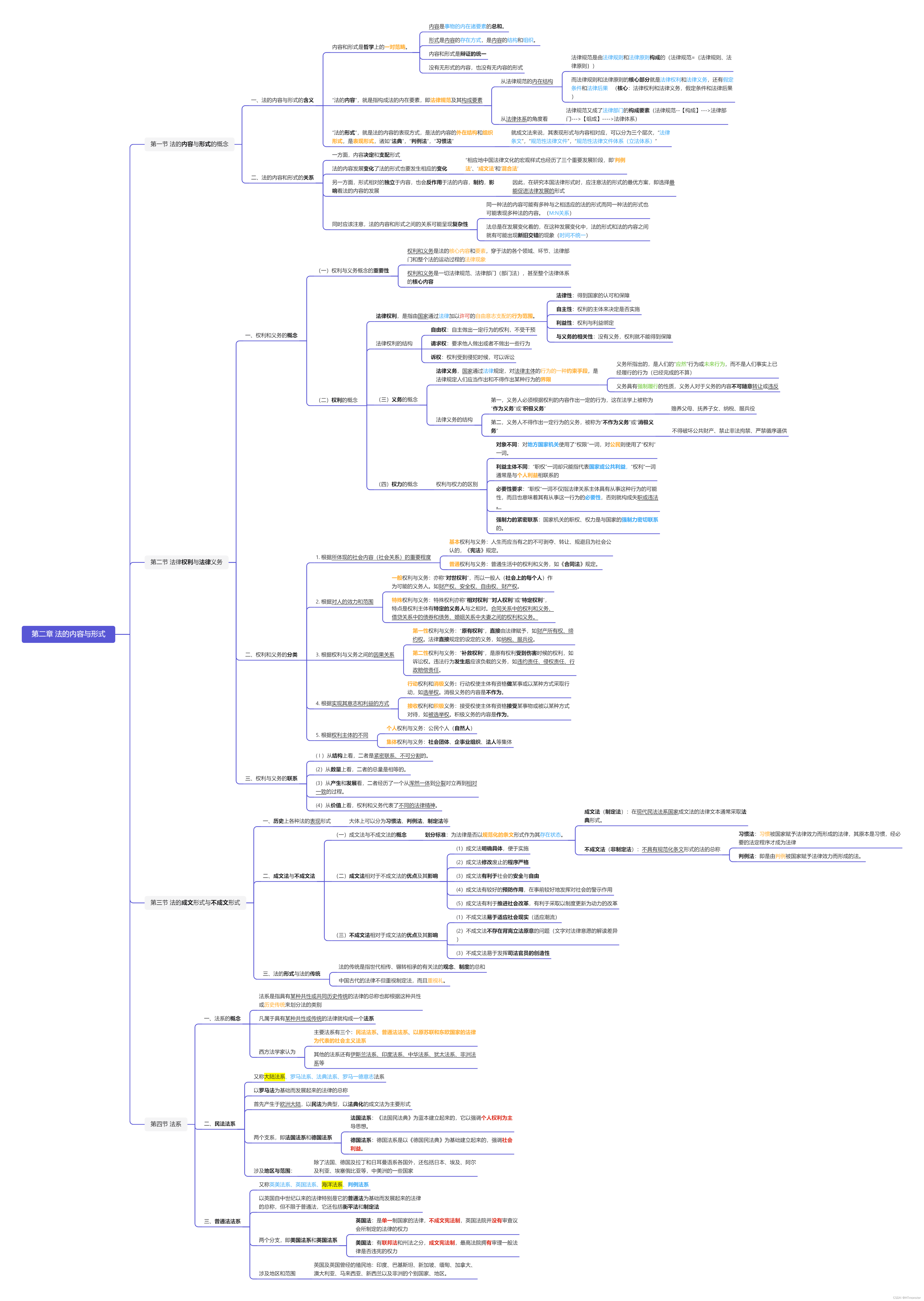CCS5.5环境设置
- 文件编码格式设置
- 利用断点导入*.dat文件
- 先用Python生成*.dat文件
- DSP代码(sys/bios)
- 步骤
- 利用strip6x工具去除**.out文件中的调试信息
- 硬件跟踪功能
- 应用
- 名词解释
- 使用方法
- ccs显示图片参数设置
文件编码格式设置
可分别对工作空间、工程、单个文件设置编码格式:
☆工作空间:Windows->Preferences->General->Workspace->Tex file encoding: Other
工程:工程文件名右键->Properties->Resource-> Tex file encoding: Other
单个文件:文件名右键->Properties->Resource-> Tex file encoding: Other
利用断点导入*.dat文件
参考 《TI C66x多核软件开发(MCSDK)技术》 第二章
先用Python生成*.dat文件
保存以下代码为py文件并运行。
import numpy as np
import matplotlib.pyplot as plt
x = np.array (list(range(0,10000,1)))
y = np.sin(x/5)
print(y)
plt.plot(x,y,color='green',label = 'y = sin(x)')
plt.show()
file0 = open ("C:\\Users\\penguin\\Desktop\\sin.dat",'w')
## CCS5软件可识别数据文件头格式,其中后面3个参数可设置为0,后面可以在开发环境中指定
## 1651 - 固定数
## 1 - 数据格式(1:十六进制数、2:十进制整型、3:十进制长整型、4:十进制浮点型)
## 0 - 起始地址
## 0 - 页类型
## 0 - 数据长度
file0.write('1651 1 0 0 0\n')
for i in range(10000):
file0.write(str(hex(round(y[i]*256)+256)))
file0.write('\n')
file0.close
DSP代码(sys/bios)
/*
* ======== main.c ========
*/
#include <xdc/std.h>
#include <xdc/runtime/Error.h>
#include <xdc/runtime/System.h>
#include <ti/sysbios/BIOS.h>
#include <ti/sysbios/knl/Task.h>
#include <ti/sysbios/knl/Clock.h>
#define BUFSIZE 100
unsigned int task_run_counnect = 0;
unsigned int in_buf[BUFSIZE];
unsigned int out_buf[BUFSIZE];
unsigned int gain = 1;
static int processing(unsigned int * input , unsigned int * output);
/*
* ======== taskFxn ========
*/
Void taskFxn(UArg arg0)
{
System_printf("enter taskFxn()\n");
unsigned int *input = &in_buf[0];
unsigned int *output = &out_buf[0];
while(1)
{
processing(input,output);
}
System_printf("exit taskFxn()\n");
BIOS_exit(0);
}
Void taskFxn1(UArg arg0)
{
task_run_counnect++;
//Task_sleep(10);
System_printf("task taskFxn1 run counnect is %d\n",task_run_counnect);
}
Void taskFxn2(UArg arg0)
{
task_run_counnect++;
//Task_sleep(10);
System_printf("task taskFxn2 run counnect is %d\n",task_run_counnect);
}
Void taskFxn3(UArg arg0)
{
task_run_counnect++;
//Task_sleep(10);
System_printf("task taskFxn3 run counnect is %d\n",task_run_counnect);
}
/*
* ======== main ========
*/
Int main()
{
Task_Handle task;
Error_Block eb;
System_printf("enter main()\n");
/*
Error_init(&eb);
task = Task_create(taskFxn, NULL, &eb);
if (task == NULL) {
System_printf("Task_create() failed!\n");
BIOS_exit(0);
}
*/
Clock_Handle clk2;
Clock_Params clkParams;
/* Create a periodic Clock Instance with period = 5 system time units */
Clock_Params_init(&clkParams);
clkParams.period = 30;
clkParams.startFlag = TRUE;
Clock_create(taskFxn1, 1, &clkParams, NULL);
clkParams.period = 30;
clkParams.startFlag = TRUE;
Clock_create(taskFxn2, 10, &clkParams, NULL);
clkParams.period = 30;
clkParams.startFlag = TRUE;
Clock_create(taskFxn3, 20, &clkParams, NULL);
clkParams.period = 0;
clkParams.startFlag = FALSE;
clk2 = Clock_create(taskFxn, 100, &clkParams, NULL);
Clock_start(clk2);
BIOS_start(); /* does not return */
return(0);
}
static int processing(unsigned int * input , unsigned int * output)
{
unsigned int size;
size = BUFSIZE;
while(size--){
*output++ = *input++ * gain;
}
return 1;
}
步骤
创建、编译并调试CCS工程,在processing(input,output) 行打断点,点击Debug进入调试界面。
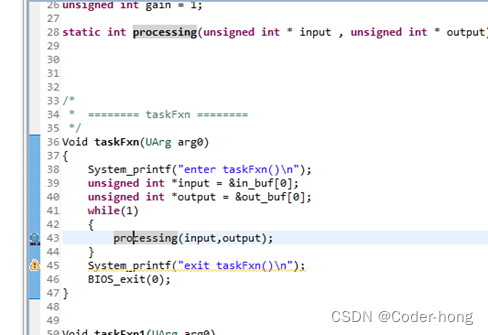
打开断电管理器,Windows->Show View->Breakpoint,右键断点属性,设置为Read Data from File,并配置文件路径、是否循环读取、起始地址、长度等参数。
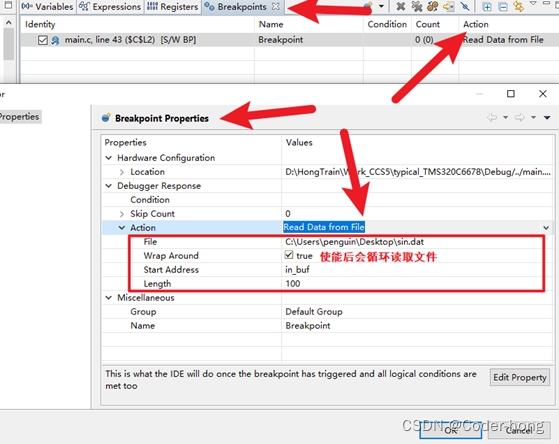
打开绘图界面 Tool->Graph->Single Time,配置绘图参数,运行程序。
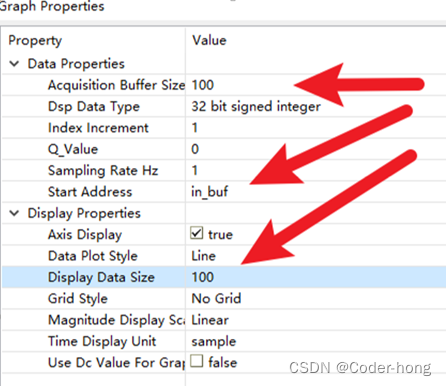
效果:

利用strip6x工具去除**.out文件中的调试信息
工具路径:
“C:\ti\ccsv5\tools\compiler\c6000_7.4.4\bin\strip6x.exe”
使用方法:
- 在CMD命令行打开到**.out文件路径,输入指令:
C:\ti\ccsv5\tools\compiler\c6000_7.4.4\bin\strip6x.exe tp_gpio.out -o tp_gpio_lit.out
第一参数为输入文件名,-o 后面是输出文件名,该方法可有效降低*.out文件大小。

硬件跟踪功能
应用
可以分析程序算法执行时间等信息。
名词解释
ETB是一个片上跟踪缓存,每个核大小为4Kb,用于记录程序运行信息。
Pro Trace是通过仿真器抓取方式,根据不同型号支持的缓冲大小和速度不同。
使用方法
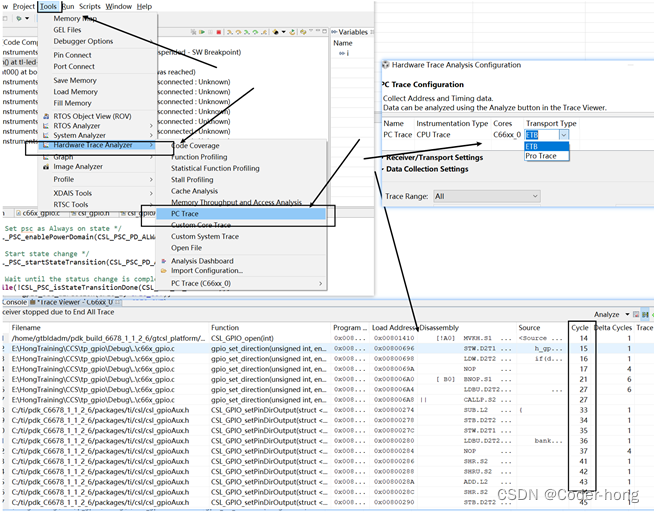
ccs显示图片参数设置
